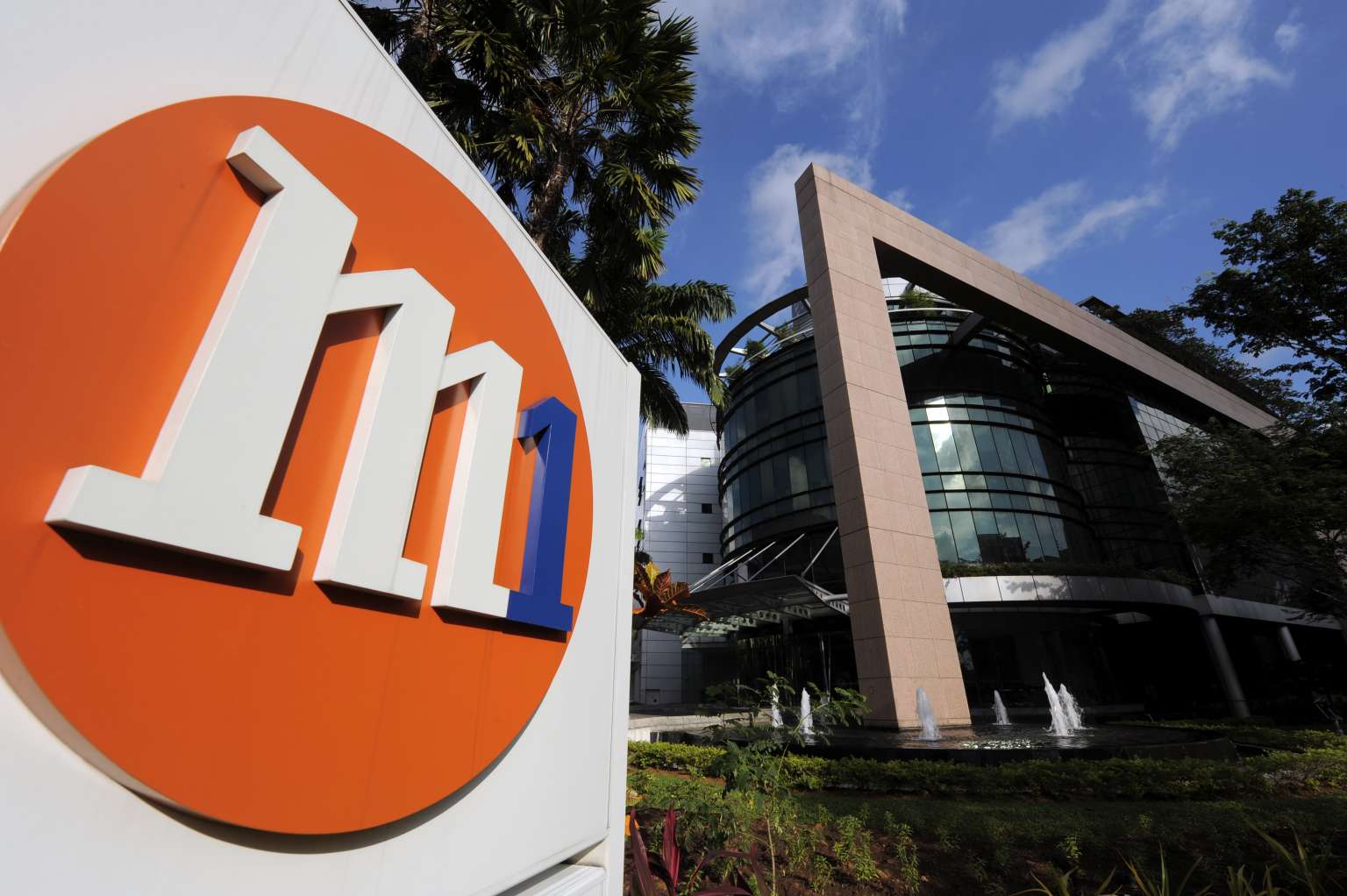Investor notes: M1
Sign up now: Get ST's newsletters delivered to your inbox

M1 had a steady, if unremarkable, quarter, marked more by continuation of similar patterns rather than a spurt of activity.
PHOTO: M1
Aaron Low
Follow topic:
SINGAPORE - The first of the three telcos, M1, released their quarterly financial results on Monday.
It was a steady, if unremarkable, quarter, marked more by continuation of similar patterns rather than a spurt of activity.
But that is to be expected in a mature industry such as telecommunications, a sector which has more or less hit its saturation point.
Turnover for M1 rose 11 per cent in the three months to Sept 30, compared with the same period last year.
On the surface, it does seem a big jump for a mature company but much of this was due to higher handset sales, which rose 68.8 per cent to $73 million. These are the sales made when people sign up for a new contract and get a new phone, such as the Samsung Galaxy Note 5, which was released in August.
Instead the metric to look at is service revenues, which are paid services provided such as mobile data or broadband services.
This actually dropped slightly by about 1.1 per cent.
2) Costs
What about costs?
Cost of sales - how much the company had to spend in driving sales and services - rose by about 28.5 per cent to $119.3m in the third quarter.
Almost all of this was due to the rise of handset sale costs, which rose 42.4 per cent to $90.8 million. This is why it is more useful to look at service revenues.
The rising costs is also another reason why M1 is trying new ways to get people to buy pure mobile services.
In July, it launched mySIM postpaid plans. These are plans which do not have a phone bundled in it, but where customers pay simply for services by M1.
The plans are more generous on data : A $30 mySIM plan will gave 5GB of data, 300 minutes of calls and 1000 SMS/MMS.
A similar regular plan, which includes a phone such as the iPhone 6s, costs $42. It has 3GB of data, 200 minutes of calls and 1000 SMS/MMS.
The consumer will also have to pay for the phone of course although at a cheaper rate than if they bought the phone without a contract.
3) Consumers
Another key metric to study is whether the telco has been able to get more customers on board.
On this front, it seems to be on a steady footing.
M1 said that it had managed to add 12,000 new mobile postpaid customers in the three months, while another 6,500 customers have signed up for fibre broadband.
That's similar to its previous quarterly report, where it added 13,000 mobile postpaid customers, and 6,000 fibre customers.
Overall its customer pool grew slightly by 0.5 per cent to 2,011,000 as at Sept 30.
This is unsurprising since the mobile penetration rate stands at about 148.9 per cent, which means that there are more mobile phone subscriptions than people here.
4) Net profit
Net profit overall edged up for the quarter to $44.9 million, from the $44.5 million last year. This quarter's net profit was also improved on the second quarter, which logged $44.3 million in net profits.
Earnings per share was 4.8 cents, unchanged from a year ago, again illustrating the stable nature of the business.
5) Performance and forecast
Over the past year, M1's share price has fallen from about $3.47 to about $2.90 - a fall of roughly 16.4 per cent.
This is a deeper fall than the Straits Times Index which has dropped by about 5 per cent over one year.
Part of the worry over M1 could be because there will be a fourth telco entering the local market by 2018.
The Government is releasing 60MHz of spectrum to the newcomer out of the 225MHz that will be up for auction early next year.
M1 could be most directly hurt by the competition, given that it is more or less a mobile player.
The company has said that it is estimating "low single digit growth in net profits" for the year, barring unforeseen circumstances. It did not declare a dividend this time, as it had declared a 7 cents a share divident in the last quarter.
Conclusion: M1 remains a defensive player in times of economic uncertainty, but there is some worry over whether increased competition - in the form of a fourth telco - could eat its lunch.
aaronl@sph.com.sg

